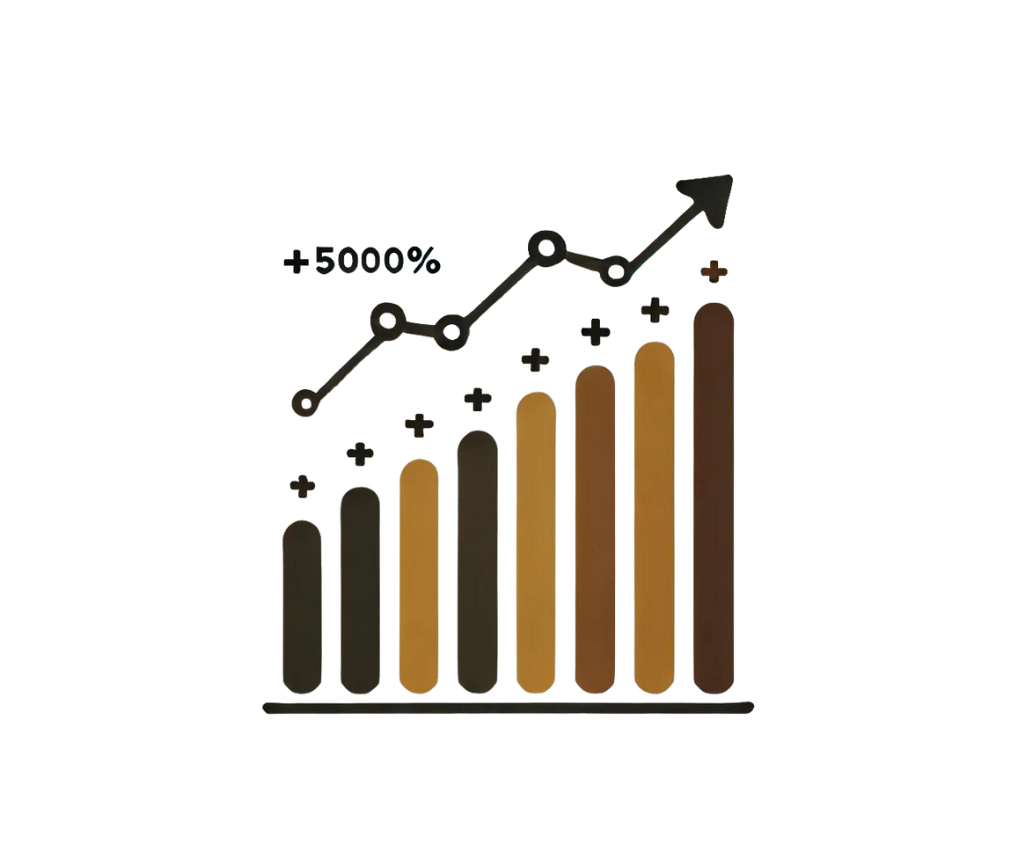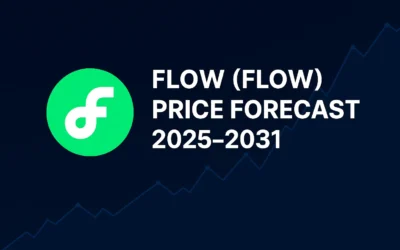Introduction
Welcome to our comprehensive guide on GARP (Growth at a Reasonable Price) investing. GARP investors seek to balance the best aspects of growth and value investing, aiming to achieve a balanced portfolio that minimizes the risks associated with purely focusing on one strategy. This approach helps identify companies with solid growth potential that are not excessively overvalued.
In this article, we will cover the essential aspects of GARP investing, including its definition, characteristics, and preferred valuation methodologies. We’ll delve into the investment process, provide practical examples, and compare GARP investing with other strategies like pure growth and value investing. Additionally, we will highlight key metrics and methodologies that GARP investors use to evaluate potential investments.
Whether you are a seasoned investor looking to refine your strategy or a beginner eager to learn, this guide will provide you with valuable insights and practical tips to succeed in the market. If you’re interested in growth investing, you can read our detailed guide here. For those keen on value investing, our in-depth article is available here.
Dive in to explore the world of GARP investing and learn how to build a robust, balanced portfolio that capitalizes on growth opportunities while managing risks effectively.
GARP Investors: Growth at a Reasonable Price
GARP (Growth at a Reasonable Price) investors combine elements of both value and growth investing to achieve balanced investment portfolios. The primary goal of GARP investors is to identify companies that exhibit solid growth potential but are not excessively overvalued. This approach aims to mitigate the risks associated with pure growth or value strategies by finding a middle ground.
Definition and Characteristics
GARP investors seek to invest in companies that show consistent earnings growth while maintaining a reasonable valuation. This hybrid approach allows investors to benefit from the growth potential of the companies without paying exorbitant prices that might expose them to significant market risk.
Valuation Methods for GARP Investors
Discounted Cash Flow (DCF) Analysis
GARP investors may employ DCF analysis to assess the intrinsic value of a company. DCF is particularly useful when evaluating companies with stable and predictable cash flows. Here’s how GARP investors typically approach DCF:
- Use Case: DCF is used to value companies where future cash flows can be reasonably estimated. This includes more mature companies within the growth spectrum that have consistent earnings and predictable cash flows.
- Integration: While not the primary tool for all investments, DCF can provide a deeper understanding of a company’s valuation when combined with other metrics. It helps in ensuring that the growth prospects are not leading to an overvaluation.
- Terminal Value: The terminal value in a DCF model is critical for GARP investors, as it represents a significant portion of the total valuation. GARP investors ensure that the assumptions used in calculating the terminal value are conservative and realistic.
Price-to-Earnings (P/E) Ratio
GARP investors prefer companies with moderate P/E ratios, typically in the range of 10 to 20. This range is considered ideal because it balances growth prospects with reasonable valuations.
- Buy: P/E ratio below 20, particularly for companies with high growth potential, indicating the stock is relatively undervalued.
- Hold/Neutral: P/E ratio between 20 and 30, suggesting the stock is fairly valued with moderate growth potential.
- Sell: P/E ratio above 30, unless the company demonstrates exceptionally high growth rates that justify a higher multiple.
PEG Ratio (Price/Earnings to Growth Ratio)
The PEG ratio adjusts the P/E ratio by the earnings growth rate, helping to identify companies that are growing rapidly with reasonable valuations.
- Buy: PEG ratio below 1, indicating the stock is undervalued relative to its growth rate.
- Hold/Neutral: PEG ratio between 1 and 1.5, suggesting the stock is fairly valued in relation to its growth.
- Sell: PEG ratio above 1.5, unless the company has extraordinary growth prospects that can justify a higher valuation.
Price-to-Sales (P/S) Ratio
This ratio helps evaluate companies that might not yet be profitable but show strong revenue growth.
- Buy: P/S ratio below 3, especially for tech companies or those in high-growth sectors, indicating undervaluation relative to revenue.
- Hold/Neutral: P/S ratio between 3 and 6, suggesting the stock is reasonably valued with balanced growth prospects.
- Sell: P/S ratio above 6, unless the revenue growth is extremely high and sustainable, justifying the higher valuation.
EBITDA (Earnings Before Interest, Taxes, Depreciation, and Amortization) Ratio
EBITDA is another metric GARP investors use to evaluate a company’s profitability and operational efficiency, often in relation to its enterprise value (EV/EBITDA).
- Buy: EV/EBITDA ratio below 10, indicating the company is undervalued relative to its earnings before interest, taxes, depreciation, and amortization.
- Hold/Neutral: EV/EBITDA ratio between 10 and 15, suggesting the company is reasonably valued.
- Sell: EV/EBITDA ratio above 15, unless the company has exceptional growth prospects that justify a higher valuation.
Example: Evaluating a Company in the AI Sector
To illustrate, consider an AI company with the following metrics:
- P/E Ratio: 18
- PEG Ratio: 0.8
- P/S Ratio: 2.5
- EV/EBITDA Ratio: 9
- DCF Analysis: Shows an intrinsic value 20% above the current market price, assuming conservative growth rates.
In this case, a GARP investor would find the company attractive due to its reasonable P/E ratio, undervalued PEG ratio, low P/S ratio, and favorable EV/EBITDA ratio. The DCF analysis further supports the investment decision by indicating that the company is undervalued based on its future cash flows.
Investment Process
The investment process for GARP investors involves a combination of quantitative and qualitative analysis to identify companies that meet their criteria. Here’s a breakdown of their typical decision-making process:
- Screening for Growth and Value: GARP investors start by screening for companies that have demonstrated consistent earnings growth. They then narrow down this list by applying valuation metrics to ensure these companies are not overpriced.
- Analyzing Financial Statements: Detailed analysis of financial statements helps GARP investors understand the company’s financial health, growth prospects, and operational efficiency. They look for steady revenue growth, manageable debt levels, and strong cash flow.
- Evaluating Management Teams: The quality of the management team is crucial for GARP investors. They prefer companies led by experienced and capable executives with a track record of successfully managing and growing businesses. This information is often available on platforms like LinkedIn (free) and GuruFocus (subscription-based), which provides in-depth insights into management performance.
- Market and Industry Analysis: Understanding the broader market context and industry trends is essential. GARP investors assess the total addressable market (TAM) to gauge the company’s potential for future growth. For instance, in the AI sector, the TAM might be projected to reach $500 billion by 2025, indicating significant growth opportunities.
- Risk Management and Exit Strategies: While GARP investors generally have a long-term perspective, they are not averse to exiting positions prematurely if it makes sense from a risk management standpoint. Significant speculative price increases might prompt a revaluation of holdings to lock in gains and reduce exposure.
Example: AI and EdTech Sectors
GARP investors might focus on companies within rapidly growing sectors like artificial intelligence (AI) or educational technology (EdTech). For example, an AI company with a P/E ratio of 18 and a PEG ratio of 0.8 could be attractive due to its high growth potential and reasonable valuation. Similarly, an EdTech company with a P/S ratio of 2.5 and strong revenue growth might be considered a solid investment opportunity.
Medium to Long-Term Perspective
GARP investors typically adopt a medium to long-term perspective, balancing growth potential with reasonable valuations. For instance, a 3-5 year horizon allows them to capitalize on growth while navigating market cycles, whereas a 5-10 year horizon leverages compounding growth for maximum returns. Patience is key, as illustrated by examples such as Sutter Hill’s investment in NVIDIA or John Doerr’s long-term hold of Amazon shares. However, GARP investors are not restricted to holding their positions indefinitely. They may exit prematurely to manage risk and effectively reallocate capital, especially if there is a significant speculative increase that warrants revaluation. This flexible approach ensures they can adapt to changing market conditions while focusing on long-term growth potential.
Comparative Table of GARP, Growth, and Value Investors
| Criteria | GARP Investors | Growth Investors | Value Investors |
|---|---|---|---|
| Investment Horizon | Medium to long-term (3-10 years) | Long-term (5-10 years) | Long-term (5-10 years or more) |
| Valuation Focus | Balance between growth and value | High growth potential, less focus on current value | Undervalued stocks based on intrinsic value |
| Key Metrics Used | P/E ratio, PEG ratio, P/S ratio, DCF, EBITDA | P/E ratio, PEG ratio, P/S ratio, Revenue Growth | P/E ratio, P/B ratio, DCF, Dividend Yield |
| P/E Ratio Preferences | 10-20 for buying; 20-30 for holding; >30 for selling | <20 for buying; 20-30 for holding; >30 for selling | <15 for buying; 15-25 for holding; >25 for selling |
| PEG Ratio Preferences | <1 for buying; 1-1.5 for holding; >1.5 for selling | <1 for buying; 1-1.5 for holding; >1.5 for selling | Generally not used |
| P/S Ratio Preferences | <3 for buying; 3-6 for holding; >6 for selling | <3 for buying; 3-6 for holding; >6 for selling | Generally not used |
| DCF Usage | Sometimes used, especially for mature growth companies | Rarely used due to long-term uncertainties | Commonly used to determine intrinsic value |
| Primary Goal | Balanced growth at reasonable price | Rapid revenue and earnings growth | Buying undervalued stocks with high intrinsic value |
| Sector Focus | Diverse sectors with both growth and value potential | High-growth sectors like tech and biotech | Stable, often cyclical or defensive sectors |
| Risk Management | Moderate risk with balanced approach | High risk tolerance for high returns | Low risk preference, focusing on undervaluation |
| Dividend Preference | Moderate; dividends are a plus but not essential | Low; prefer reinvestment for growth | High; prefer stocks with strong dividend yields |
| Exit Strategy | Flexible; can exit if speculative increase or revaluation | Exit if growth potential diminishes significantly | Exit if stock becomes overvalued or intrinsic value achieved |
Examples of Notable Investors
- GARP Investors: Peter Lynch (Fidelity Magellan Fund)
- Growth Investors: Bill Miller (Legg Mason), John Doerr (Kleiner Perkins)
- Value Investors: Warren Buffett (Berkshire Hathaway), Benjamin Graham
This table provides a comprehensive comparison of the key characteristics and strategies of GARP, Growth, and Value investors, helping to distinguish their unique approaches and methodologies in the investment landscape.
Conclusion
GARP investors strive to find a balanced approach to investing, seeking growth without overpaying. By combining growth and value metrics, they aim to build portfolios that offer solid returns while managing risk effectively. Their success relies on thorough research, careful analysis of management teams, and a keen understanding of market trends and valuation techniques.
For those looking to delve deeper into the strategies used by successful investors, consider reading The Art of Unearthing Gems in the Stock Market. This book offers in-depth insights into the best decision-making processes used by top portfolio managers. Please note that this is an affiliate link, and I will earn a commission if you purchase the book through it.
If you want to simplify and speed up the construction of your portfolio or benefit from professional trading alerts, we offer several portfolios tailored to your risk profile and investor type. To access them, simply subscribe to one of our plans by clicking here.
You can still receive free analyses and updates. To stay updated with the latest investment strategies and receive free analyses of stocks that have the potential to explode in the coming weeks, months, and years, subscribe to our newsletter. Simply click on the yellow button titled “Join our newsletter” at the top right of the page.









0 Comments